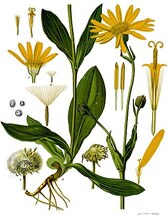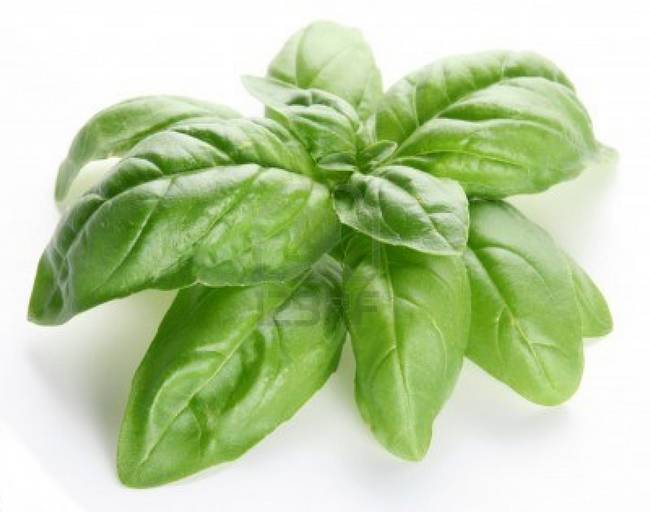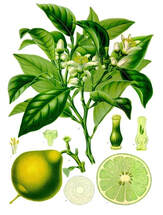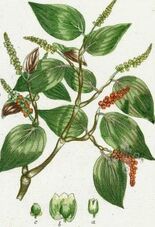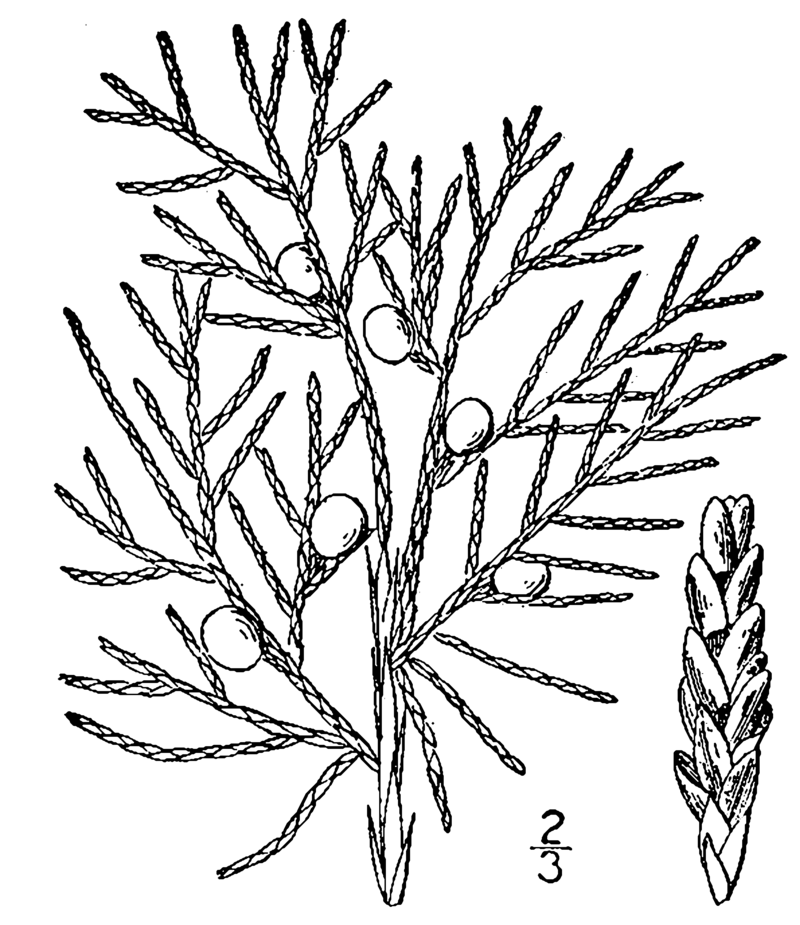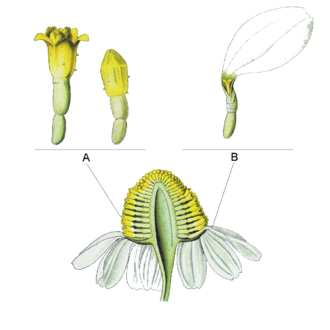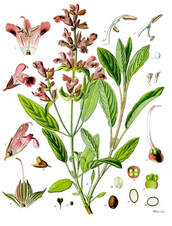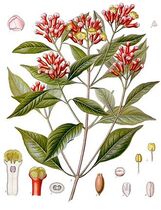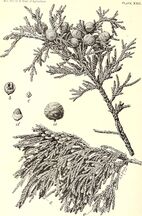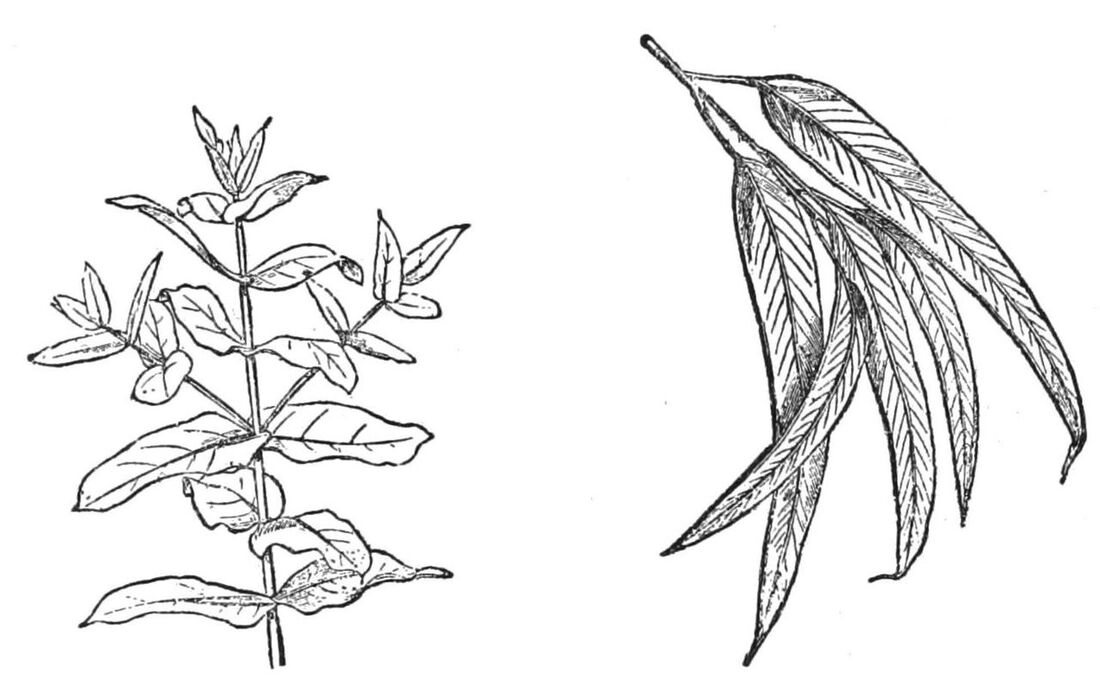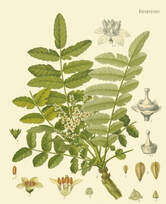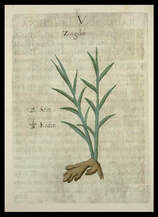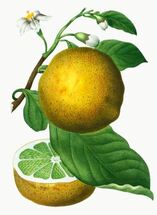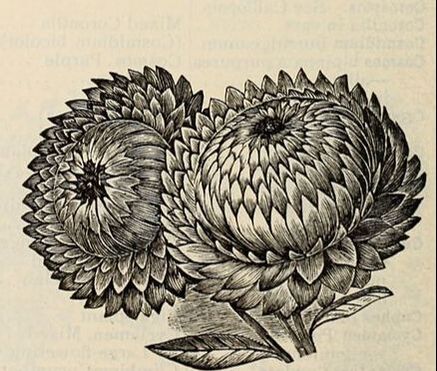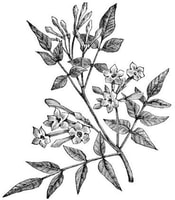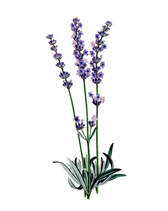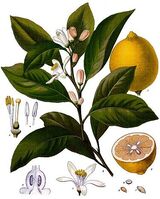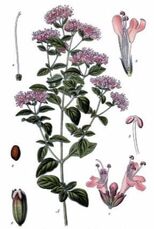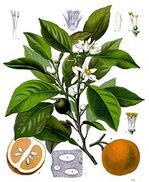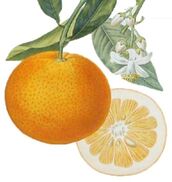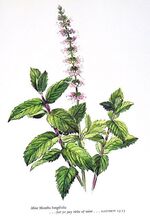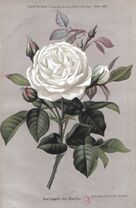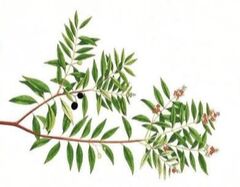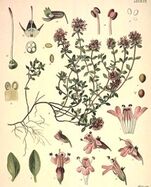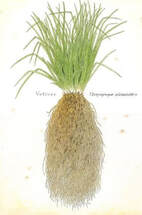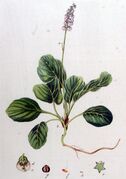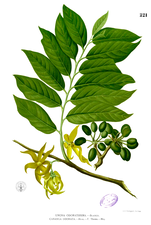Essential Oils
Aromatherapy is a form of complementary medicine and a involves the medicinal use of essential oils for holistic healing. Pure essential oils are used to improve the health of the body, mind, and spirit and they enhance both physical and emotional health. Aromatherapy is often used through inhalation using a diffuser or room spray. Or it us used topically when diluted with a carrier substance.
WHY DILUTION IS IMPORTANT:
Pure essential oils can be effective and efficient additions to your aromatherapy, home, and body care creations. However, these powerful plant should be used with care, never undiluted on the skin. A single drop of essential oil contains an incredible concentration of herbal properties, so all this plant potential must be dispersed to levels that are safe for our bodies to process. When diluted with salt, witch hazel, alcohol or carrier oil, the essential oil content should only account for 0.5% to 2% of the total blend.
WHY DILUTION IS IMPORTANT:
Pure essential oils can be effective and efficient additions to your aromatherapy, home, and body care creations. However, these powerful plant should be used with care, never undiluted on the skin. A single drop of essential oil contains an incredible concentration of herbal properties, so all this plant potential must be dispersed to levels that are safe for our bodies to process. When diluted with salt, witch hazel, alcohol or carrier oil, the essential oil content should only account for 0.5% to 2% of the total blend.
|
Use discount code: CVC496
|
I almost exclusively purchase oils from Piping Rock because of their consistent quality and reasonable prices. They use optimal extraction methods guaranteeing that each essential oil is derived from 100% plant sources. By using the buttons below you will receive $5 OFF on orders under $40 an $10 OFF on orders over $40.
|
Essential Oils from My Proprietary Blends
ArnicaArnica Montana is a flowering plant native to North America and Europe. A centuries-old herbal wellness tradition, Arnica oil is steam distilled from the flowers and roots and has a light, bitter herbal aroma reminiscent of radish.
|
BasilWidely used in Ayurveda, this culinary herb's name is derived from the Greek word “king”. Basil oil is steam distilled from the leaves and flowering tops and emits a fresh, spicy-sweet aroma.
|
BergamotA relative of the orange, bergamot has been used in Italian folk medicine to reduce fevers. Bergamot oil is cold pressed from the peel of the fruit and has a sweet-fruity odor with a spicy undertone. Perhaps best known as the flavor and aroma of Earl Grey tea.
|
Black PepperUsed around the globe as a spice and medicine for 4,000 years. Black pepper oil is steam distilled from the peppercorns and has a dry-woody, warm, spicy odor.
|
CedarwoodA familiar evergreen that can live up to 1,000 years. Cedarwood may have been the first oil to be extracted and was used by the Egyptians for embalming and as an antidote to poison. Cedarwood oil is steam distilled from the wood of the tree and has a warm, camphoraceous woody odor.
|
ChamomileChamomile has been used as a medicine in Europe and the Mediterranean for over 2,000 years. The oil is steam distilled from the flower heads and has warm, sweet, fruity-herbaceous odor.
|
Clary SageClary Sage has been highly esteemed as a medicine since the Middle Ages. The oil is steam distilled from leaves and flowering tops and has a strong sweet, nutty and herbaceous odor
|
CloveClove is used extensively as a culinary spice around the world. Clove oil is water distilled from the buds and leaves and has a familiar sweet-spicy odor.
|
CypressThis familiar conifer boasts a history rich with spirituality and support being used by Tibetans as a purification incense. Cypress oil is steam distilled from the needles and twigs and has a smoky, sweet-balsamic, tenacious odor.
|
EucalyptusA traditional home remedy for respiratory complaints in Australia. Eucalyptus oil is steam distilled from the leaves and young twigs and has a strong camphoraceous, woody odor.
|
FrankincenseUsed since antiquity as an incense and in skin preparations, frankincense oil is steam distilled from gum resin and has a fresh, warm, rich and sweet odor.
|
GeraniumThis common garden flower is one of the most widely used plants in medicine today. Geranium oil is steam distilled from the leaves, stalks and flowers and has a rosy-sweet, minty odor that is often used in perfumes.
|
HelichrysumHelichrysum is also known as "Immortelle" or everlasting due to its long-lasting yellow blooms oftren seen on Mediterranean hillsides. The oil is steam distilled from the fresh flowers and has a powerful, rich, honey-like scent with a tea-like undertone.
|
JasmineJasmine has been used in China for thousands of years for liver and skin conditions. Expensive to produce, a concrete is made by solvent extraction of the flowers, an absolute is separated from the concrete by alcohol separation. Jasmine oil is then steam distilled from the concrete and has a rich, warm, floral scent with tea-like undertones.
|
JuniperUsed primarily as a culinary spice and for diseases of the skin, juniper oil is distilled from the branches and heartwood and has a woody, smoky, leather-like odor.
|
LavenderLavender is one of the most familiar herbal folk remedies. Lavender oil is steam distilled from fresh flowering tops and has a sweet, floral-herbaceous odor.
|
LemonWidely known as a culinary flavoring, lemon is something of a cure-all for infectious diseases. Lemon oil is cold expressed from the outer peel and has a familiar light, fresh, citrus scent.
|
MarjoramA traditional culinary herb and folk remedy used by the ancient Greeks on cosmetics. Marjoram oil is steam distilled from the dried flowering herb and has a warm, woody, spicy-camphoraceous odor.
|
NeroliNeroli was named after the princess of Nerola, Italy who wore it as a perfume. The oil is steam distilled from fresh orange blossoms and has a fresh, delicate, rich, warm, sweet-floral odor.
|
NutmegWidely used as domestic spice worldwide and in soap and candle-making. Nutmeg oil is steam distilled from the dried worm-eaten nutmeg seed after the worm has eaten away all the starch and fat and has a sweet, warm-spicy odor.
|
OrangeOil from the familiar fruit is cold expressed from the outer peel and has a sweet, fresh-fruity scent.
|
PatchouliUsed for centuries because it is thought to help prevent the spread of disease, patchouli oil is steam distilled from fermented then dried leaves and has a sweet, rich, herbaceous-earthy odor.
|
PeppermintCultivated since ancient times in Asia and Egypt for millenia, peppermint oil is steam distilled from the flowering herb and has a highly penetrating, grassy-minty camphraceous odor.
|
RoseRose has been used for millennia to cool inflammation and in perfumes. Rose oil is steam distilled from fresh petals and has a familiar rich, deep, sweet-floral slightly spicy scent.
|
RosemaryRosemary was harvested in ancient Greece and Rome and used as a symbol of fidelity, remembrance and protection. Oil is steam distilled from the flowering tops and has a strong, fresh, minty-herbaceous scent.
|
SandalwoodOne of the oldest known perfume ingredients, sandalwood has been used for the last 4,000 years. The oil is becoming more expensive and is steam distilled from the roots and heartwood of the sandalwood tree. It has a deep, soft, sweet-woody balsamic scent that lasts.
|
Tea TreeTea tree has a long history of use by the aboriginal people of Australia and it's benefits have been extensively researched. Tea tree oil is steam distilled from leaves and twigs and has a warm, fresh, spicy-camphoraceous scent.
|
ThymeA common herb and widely-used medicinal plant particularly for respiratory and digestive complaints. Thyme oil is steam distilled from the fresh and dried leaves and flowering tops and has a strong, warm, spicy-herbaceous odor.
|
VetiverUsed in the ancient East for perfume vetiver oil is steam distilled from the dried and soaked roots and has a deep smoky, earthy-woody scent with a lingering sweet undertone.
|
WintergreenWintergreen is traditionally used for respiratory pain conditions. The oil is steam distilled from soaked, macerated leaves and has an intense sweet-woody, fruity scent.
|
Ylang YlangTraditionally used in Indonesia on the beds of newlyweds for fertility, ylang ylang is steam distilled from fresh flowers and has a intensely sweet, soft, floral, balsamic, slightly spice odor.
|

